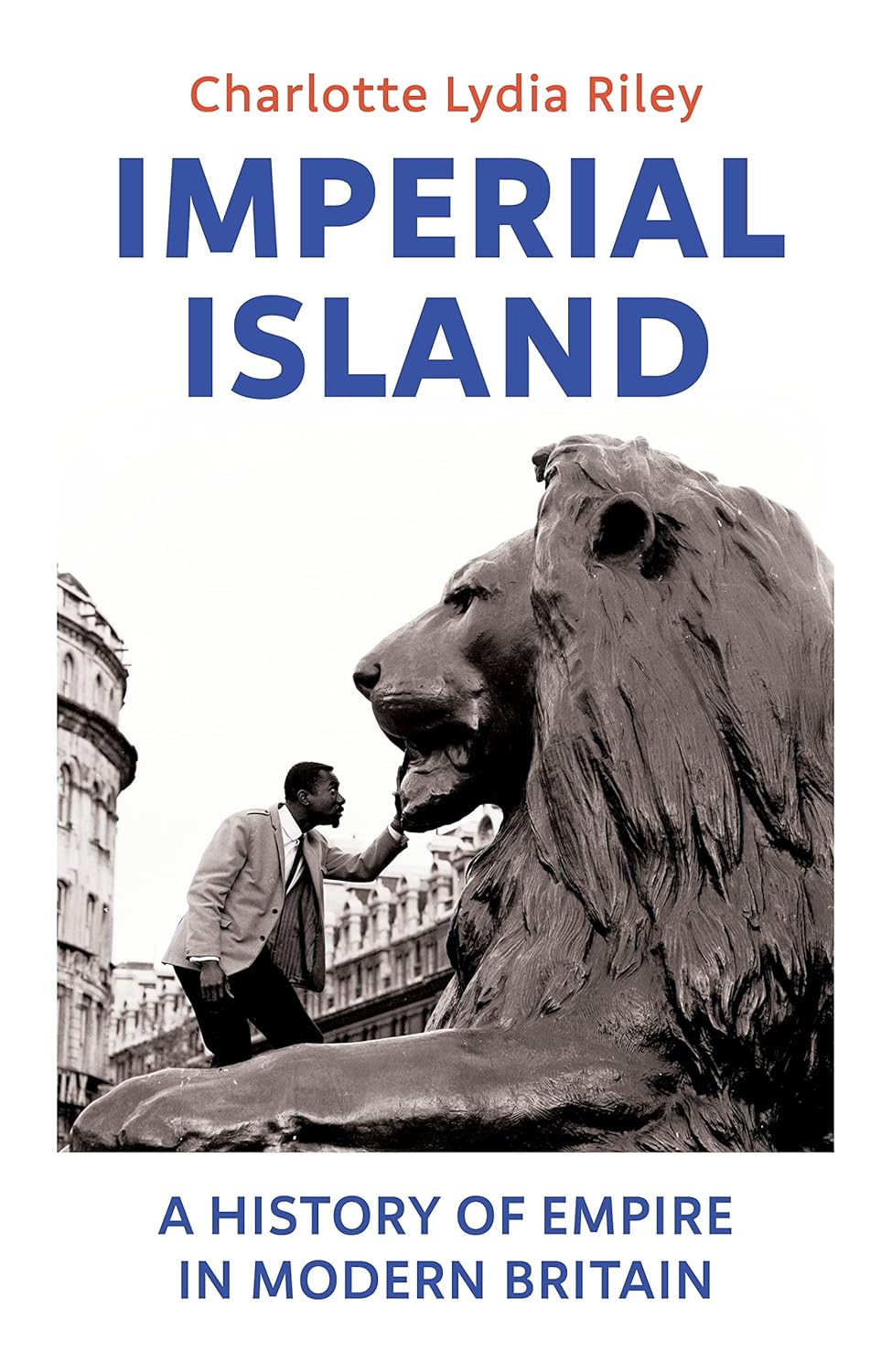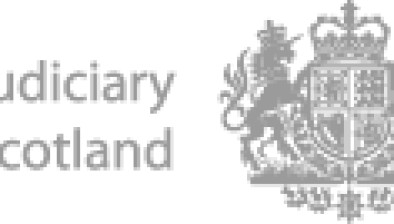Review: An Anglocentric view of the UK’s imperial past

From the Second World War the dynamics of the vast overseas empire of the United Kingdom began to change, although certain former colonies had gained significant powers before then.
The end of the empire, in the sense of complete political and legal independence, came about very quickly in the late 1950s and early 1960s.
Yet, the consequences of the existence of an empire continued, and the population of the United Kingdom was altered, as also were domestic and international politics.
The domestic issues were ones of immigration and social unrest, multiculturalism and extremism, and a nation confronting various general and specific issues arising from its past.
The problem with the narrative of Dr Riley may lie in the terms used: it seems that the decline of ‘Britain’ as used by her in context may or may not mean the United Kingdom, the latter only being referred to occasionally.
Similarly, the title of the book in the singular, Imperial Island: A History of Empire in Modern Britain, appears too simple for the topic and at odds with the reality of political geography.
It is distinctly possible, even probable, that the various countries constituting the United Kingdom may each have had different immediate experiences of the decline of empire. Although this book “focuses on the stories of ordinary people”, apparently in the context of Britain, there is very little about such movement into Northern Ireland, Scotland and Wales.
The Introduction is in part an interesting tale of the life of a man from Ceylon (now Sri Lanka) who lived in Newham, London, where he succeeded in life.
The area was highly cosmopolitan, not all residents necessarily relatable to the British empire. Later in the same area there were significant incidents of civil unrest many years later.
The narrative relates the details of many events in and politics in places around London, and is concerned principally with central government policy.
Even the midlands of England are scarcely mentioned and Leicester, where changes brought about by these matters were of prime concern, does not even appear in the Index.
Another point might be made: what is the difference between late modern history and politics, or rather where is the line of demarcation between them?
Details matter: one point made by the author is that “much of the British museum establishment treat as laughable” the idea that objects held for display ought to be returned to their sources.
Perhaps some did laugh, but others took their responsibilities seriously and understood clearly the values, sensitivities and the vexed legal questions of ownership involved.
A Glasgow museum 25 years ago agreed to the return of a Lakota Sioux Ghost Dance shirt to its rightful home in the United States of America and that action was completed.
In August 2022, further arrangements were made to repatriate artefacts from Glasgow to India. At the time of an appropriate ceremony it was said that Glasgow has led repatriation work in the United Kingdom since 1998.
These transactions appear have to been done at arm’s length, in good faith and with full cooperation of the relevant government authorities, and credit should be given for that.
Perhaps the title of the book, given what seems to be a narrow focus, might be stated more accurately as ‘United Kingdom: a History of Empire as experienced in parts of Modern England’.
Imperial Island: A History of Empire in Modern Britain by Charlotte Lydia Riley. Published by Vintage, 383pp, £25.









